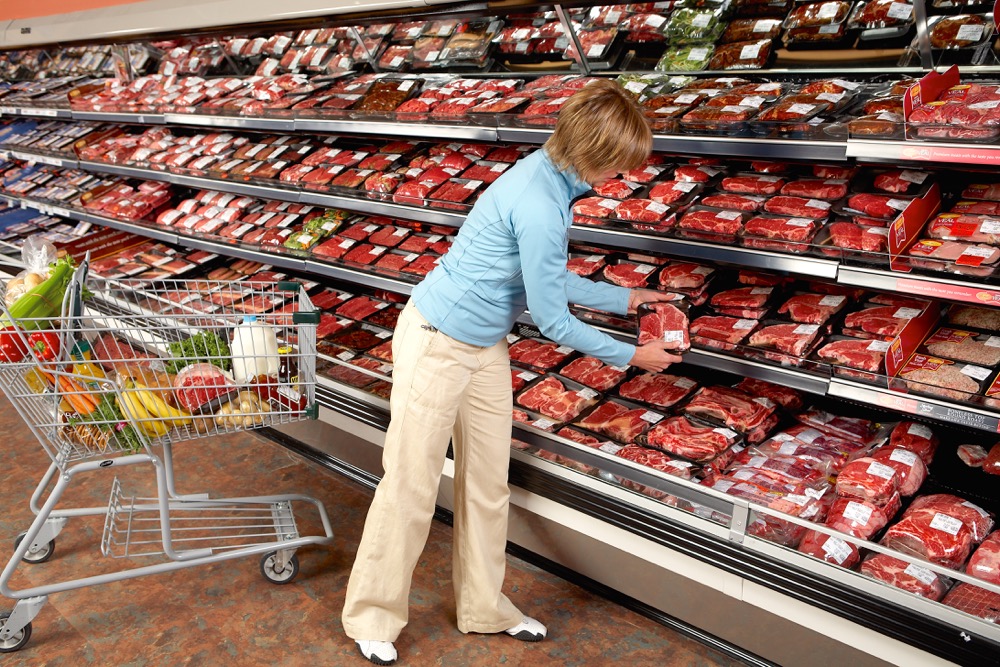Beef remains the most valuable protein in the world. Surprisingly, the approximately 128 billion pounds now produced globally each year could supply each person on earth with 18 pounds. The imbalance in income and the lack of distribution in some places along with the massive per capita consumption in beef-producing countries like Argentina and the United States, keeps a wide spread between those who can access beef and those who cannot.
In the last 40 years, or the time span that I have been involved in the beef industry, global beef production has gone from approximately 95 billion pounds to the highest historical levels of 2014 when we stretched well over 131 billion pounds. Although beef consumption in that 40-year time span has increased slightly in some developing countries from a little over four kg per capita to seven kg per capita, the global average of 10 kg per capita has not changed. This tells us that despite more beef an increase in consumption in developing countries has been offset in developed countries by per capita consumption decreases. There also remains an uneven ability to access or afford the product.
Read Also

Picking the most efficient cows to rebuild your cow herd
A new cow ranking system to help beef farmers and ranchers pick the most efficient cows as they rebuild their herds.
There is also a disconnect with the largest producers of cattle and the largest producers of beef. As cattle vary in breed, size, and purpose and in diet, the higher producing countries of cattle are not necessarily the largest contributors of beef. India remains the world’s largest producer of cattle followed by Brazil and China. Collectively they own 64 per cent of the global bovine population. The world’s largest producers of beef, however, are the United States, Brazil and the EU. These three produce nearly half the beef on earth.
More than 98 per cent of the global population of cattle does not reside in Canada, yet Canada is the sixth-largest exporter of beef and is expecting to hold just over four per cent of the export trade through 2016. India, Brazil, Australia and the United States control 68 per cent of the world beef export trade with India in the lead.
In terms of value, the retail price of beef varies wildly from place to place. Based on a kg of round in Canadian dollars the Swiss pay the most at $62.05/kg followed by Norway at $37.55, then Iceland at $31.18/kg, Italy $30.84, Hong Kong $27.96 and South Korea $26.64.
Those big traders like India price a kg of round at $5.84/kg, Brazil $9.64 and China at $13.37. In many countries beef is priced under $5/kg but few can afford it, or access it. A kilogram of beef in one-third of reporting countries costs the equivalent of a month’s wages.
Regardless of where you go in the world, with the exception of specific religious beliefs, beef is desired and seen as a high-value food. What is it that makes it so special and why should we strive to ensure that every person has the opportunity to consume beef?
Nutritionally beef is a superior product, specifically when it comes to fetal development, the development of young and growing children and maintaining health in the elderly. High in vitamin B12, zinc and iron, beef is considered a superfood for the brain.
One of the most powerful advocates for beef is Dr. Sangita Sharma PhD, endowed chair in Aboriginal health, professor in Aboriginal and global health, at the University of Alberta, who promotes beef in diets around the world because of the huge impact it has, particularly on the fetus and the young child.
She gives us some examples to fully appreciate the nutrient density of beef. When it comes to iron, 75 gm of beef is equivalent to 3.5 cups of spinach and for zinc 75 gm of beef matches four cans of tuna and for the brainy B12 one would have to consume 2.5 chicken breasts to meet the equivalent of 75 gm of beef. Beef is not only easy to prepare but so little is required because of its nutrient density. The vitamin B12 found in beef is especially important for fighting fatigue, depression, neuropathy and confusion. After the age of 60 years an adult has to be supplemented with B12. A lack of iron results in poor growth and can be the culprit behind impaired development and chronic fatigue. It is especially important for girls and women as they deplete iron through menstruation. Zinc contributes to a healthy birth weight and is needed for the body to heal itself.
With the average consumption globally at 10 kg per capita for those with access to affordable beef, we have a long stretch ahead of us to ensure the dietary needs of the masses are met. Too many go without the privilege of ever tasting beef let alone having it in their diets. The results as we know are heartbreaking with maternal issues plaguing many countries and children eating carbohydrate-based meals with little protein substitution. The protein-deprived body makes for a weak baby, a listless mother, an academic-struggling teen or an angry man. The nutrient density in beef makes it part of the hunger solution.
Closer to home Dr. Sharma asks the simple question regarding domestic sales and consumption: why is beef not labelled with its nutritional values? Good question. If the consequence of a society of privilege is choice, an informative nutritional label can help parents make the right choices for their unborn and newborn children, for themselves and their aging parents so they may fully appreciate the value of beef.
Contact Brenda through her website. All rights reserved. Brenda Schoepp 2016.
















